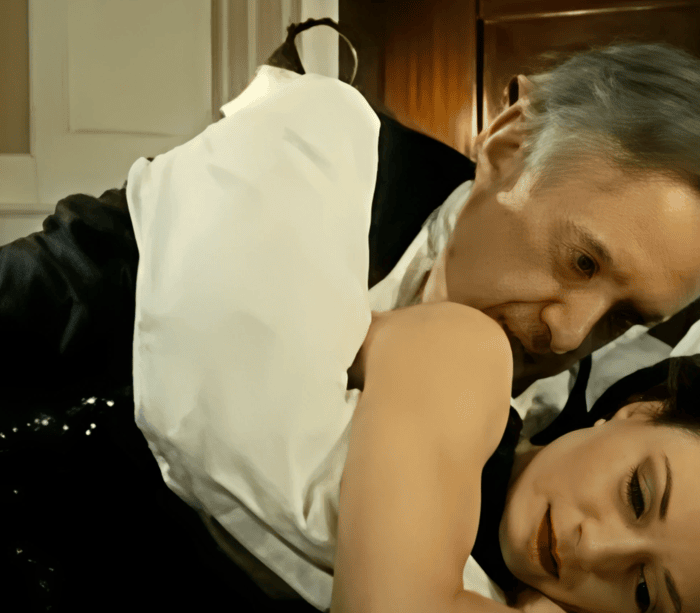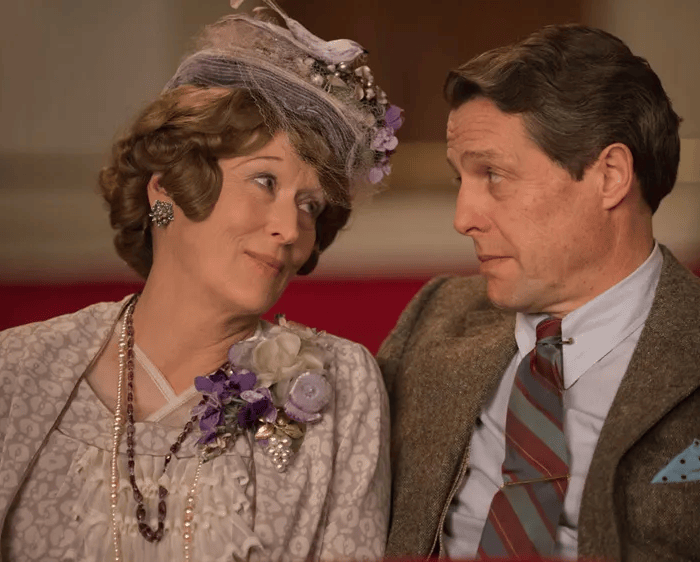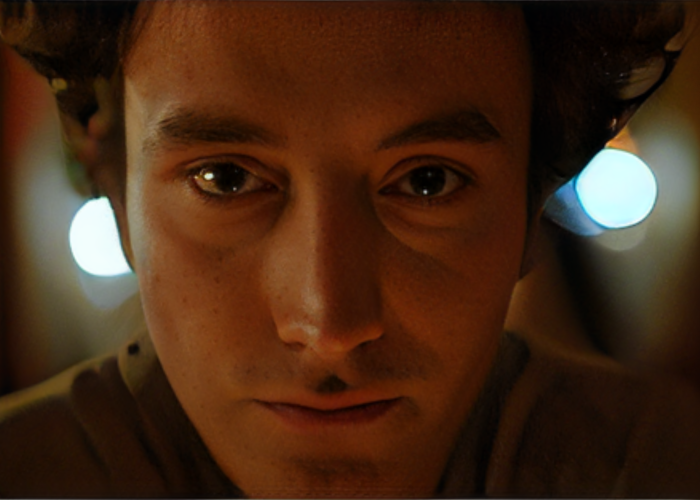
Opera Meets Film: How ‘The Cold Song’ From Purcell’s ‘King Arthur’ Provides Emotional Depth in Maurice Pialat’s ‘A Nos Amours’
By David Salazar“Opera Meets Film” is a feature dedicated to exploring the way that opera has been employed in cinema. We will select a film section or a film in its entirety and highlight the impact that utilizing the operatic form or sections from an opera can alter our perception of a film that we are viewing. This week’s installment features Maurice Pialat’s “A Nos Amours.”
Klaus Komi’s iconic interpretation of “The Cold Song” (also known as “What Power art Thou” in Purcell’s “King Arthur”) appears three times in Pialat’s “A Nos Amours” – at the beginning, middle, and end, offering up a unique means of reflecting on the journey Suzanne, the film’s protagonist, takes throughout.
In an early sequence, Suzanne takes to the sea with her brother and other friends. Standing at the bow of the bow and framed from behind by the camera, we get an image of the vast sea before her, a metaphor for the boundless and unpredictable journey she will take on in the film. Over this shot and the ensuing credits, we hear our first rendition of the “The Cold Song.”
In this context, the piece takes on a mysterious form to match up with the sense of adventure the image of Suzanne on the bow expresses. It creates a poetic tension with the film’s gritty approach and the baroque music’s own refined but detached qualities enhanced by synth accompaniment.
Adding to this is the text’s own on contrasting ideas. Where Suzanne is ready for adventure (accentuated at the close of the sequence when she turns to face the camera with a bright smile on her face), the text for “The Cold Song” is one calling for help from the “bitter cold,” ending on the lines “Let me, let me, freeze again to death.”
Then the music returns an hour or so later after Suzanne has gone looking for her ex-boyfriend Luc, who she ditched several times earlier in the film. At this point, she finds herself increasingly abused at home by her brother and mother and unable to find similar satisfaction in her sexual relationships.
But Luc has moved on from her and in a manner mirroring her brother and mother’s own emotional abuse, he humiliates her at a shopping mall.
Pialat cuts to a wide shot, Suzanne sitting on a bench under the rain. “The Cold Song” returns, this time suggesting its original context within “King Arthur” in which The Cold Genius awakens from his slumber and begs to be frozen to death again. In the context of the film’s narrative, this is Suzanne’s emotional low point.
She’s all alone with nowhere to go. For a 16-year-old trying to find a place of belonging and some protection from the abuse at home, she’s found a dead end. She might as well “freeze to death” at this point.
Bringing the piece back also has the effect of calling back to the film’s opening imagery; wherein that scene, Suzanne is above the water, here she is drenched and trapped in it, an apt reflection of her contrasting psychology in both instances.
So what do we make of the final reprise of the piece, which comes in the credits of the film?
After the second rendition of the piece, Suzanne meets Jean-Pierre, finds some stability, has a renewed relationship with her father and… doesn’t quite live happily ever after. What even is “Happily ever after” for Suzanne?
The film hints at a more stable life for Suzanne, her final scene with her father mirroring an earlier moment of connection between the two, leading directly to her boarding the plane for her honeymoon. But this is the father that abandoned her early in the film. And in addition to an unending string of empty sexual relationships, she has also been traumatized by constant abuse at home courtesy of the two people who should be protecting and loving her most.
There is no simple way to fill those holes in her soul that has been hollowed out.
As the final scenes of the film suggest, she’s not quite happy in her “marriage.” Her father (played by the director himself) asks why she even got married, adding that she’ll “never really love anyone.” And then she boards the plane with another man, suggesting that the cycle of jumping from one relationship to another, one that she’s perpetuated throughout, will continue for Suzanne. This reading is furthered by the book-ended images of Suzanne as a passenger on a boat and then on a plane, in control and yet, due to her continually falling into similar cycles again and again, lacking it altogether.
The aria’s return at the start of the credits drives home a sense of ambiguity. In the aria, the Cold Genius implores a higher power to release him from the “bitter cold,” the ostinato strings not only emphasizing the perpetual chills, but also expansive endlessness of pain and loneliness.
In the context of the film and especially at its ending, the piece ultimately acts as an internal dialogue for Suzanne, though her relationship to its meaning as detached and non-committal as her own actions and the music’s phrasing. The music’s icy expressiveness also furthers the dumbfounding, but complex proclamation her father makes about her character when he states in the film’s final scenes that she will “never really love anyone.”
Like the Cold Genius, sent back to his frozen and lonely slumber, Suzanne might continue to go through life in a similar manner without the emotional warmth she is seeking.
Categories
Opera Meets Film

